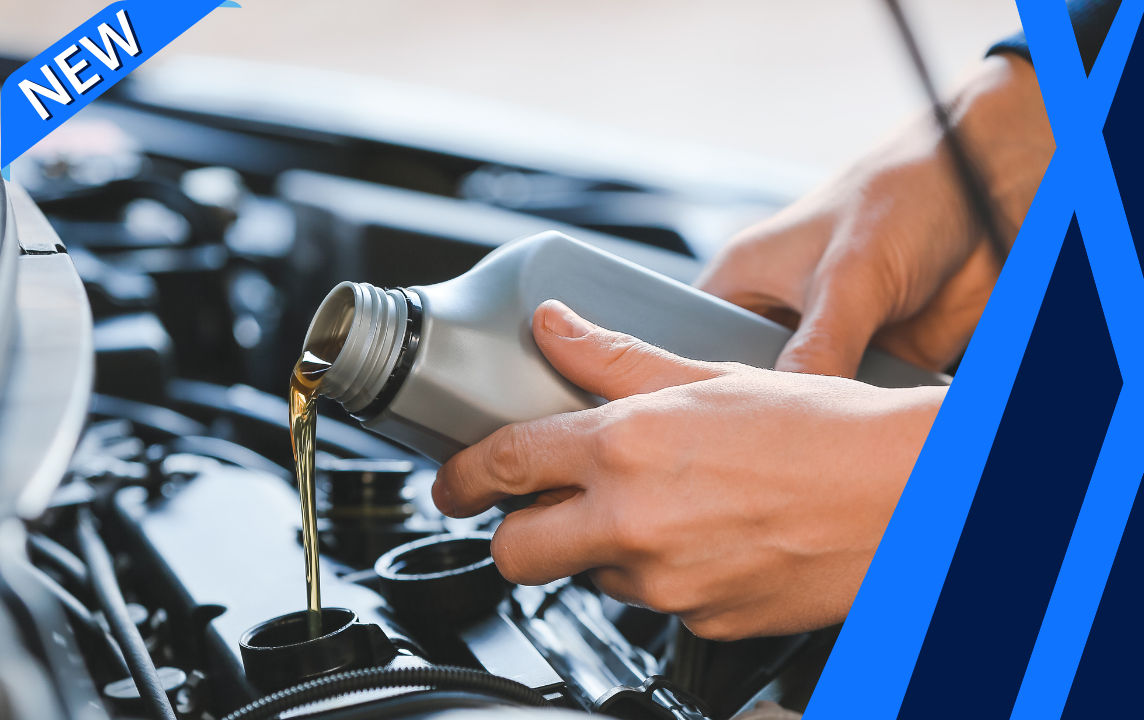Description
Brake Discs Replacement
What is the Brake Discs all about?
A brake rotor is a smooth metal disc attached to the wheel hub. Most new cars (1999 and above) come with discs at each wheel. Older cars may have drums instead of discs at the rear wheels. Brake discs play an important part in the braking system. It is the friction between brake pads and discs that cause your car to slow down and stop. As the discs wear out (become thin or warped), they are unable to dissipate the heat caused by the braking system. This will cause the brake fluid to boil and reduce the effectiveness of the brake system significantly.
Keep in mind:
Brake discs are replaced in pairs. If you choose front brake discs, both front wheels will get new discs. This service comes with brake pads. Unless brake pads were replaced recently, pads must be replaced while replacing the discs.
How it’s done:
- Measure the thickness of brake discs.
- Remove and replace discs and pads.
- Perform a brake safety inspection.
- Perform test drives.
Our recommendation:
It is a good idea to get the thickness of brake discs measured annually. Your mechanic should measure the rotor thickness every time the brake pads are replaced. Brake discs usually last twice as long as brake pads, which usually means you need to replace discs with every other brake service. If you drive the car with worn-out brake pads for too long, you will destroy the discs.
What common symptoms indicate you may need to replace the Brake Disc?
- Vibration or pulsation when applying brakes.
- Blue discolouration of rotor surface.
- Grooves or hot spots in the discs.
How important is this service?
All services associated with the proper function of your brakes are important. In addition to safety issues, ignoring small repairs can quickly lead to more serious (and more expensive) problems.




